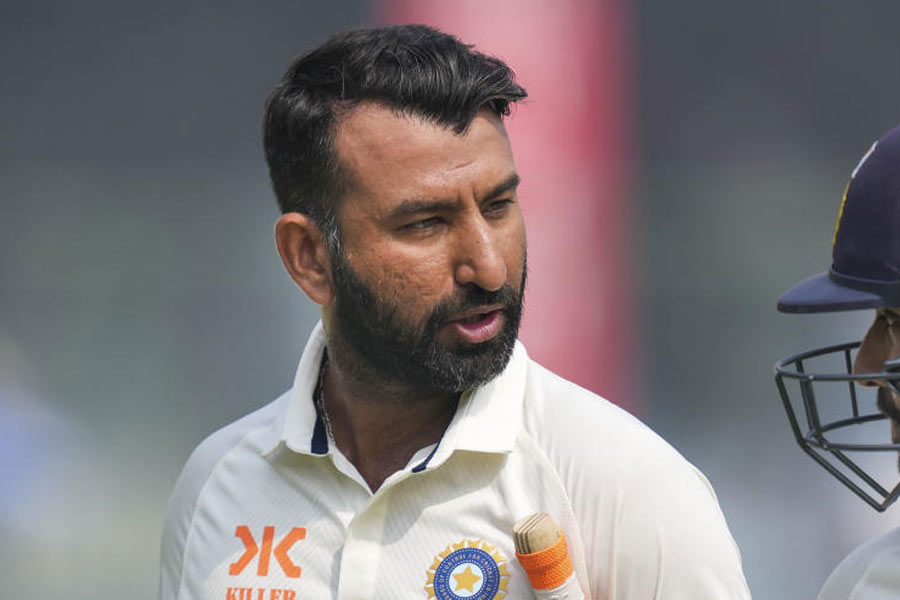Book: Ramayana Revisited: An Epic Through a Legal Prism
Authors: Anil Maheshwari and Vipul Maheshwari
Publisher: Bloomsbury
Price: Rs 499
The Ramayana remains intrinsically connected, perhaps more than ever, to life and politics in India today. While there may be a broad consensus on the events of the epic, the reality is that various parts of the subcontinent, and beyond, retain their own versions. These different versions and retellings add to the richness of the epic, deepening the attachment of these communities to mythology.
Ramayana Revisited: An Epic Through a Legal Prism is a surprisingly amusing take on the age-old epic that reimagines various characters and events in the Ramayana by subjecting them to modern legal trials. Divided into 16 neat chapters, Anil and Vipul Maheshwari apply a range of modern legal principles, including provisions of India’s Penal Code as well as the fundamental rights guaranteed under the Constitution, to incidents in the epic. Interestingly, while each chapter sets out the case for the prosecution as well as the defence, often incorporating fascinating witness depositions, no judgment is ever pronounced, and the readers are left to make up their mind.
Expectedly, the book deals with the better-known aspects of the epic, such as Manthara’s incitement of Kaikeyi, Sita’s abduction and eventual banishment, the agni pariksha as well as Surpanakha’s actions. However, what make for more compelling reading are the chapters on lesser-known characters and incidents. These include Rishi Gautama’s curse, which converted his wife, Ahalya, to stone after Indra (in the sage’s disguise), overcome by lust, tricked her into having sex with him; there is Menaka, the heavenly apsara, who was sent by an envious Indra to distract Rishi Vishwamitra from gaining further powers through his tapasya; or even Urmila, Lakshmana’s wife, who is left behind at Ayodhya and spends the 14 years in deep sleep so that her husband can stay awake and protect his brother and sister-in-law day and night.

Ramayana Revisited: An Epic Through a Legal Prism by Anil Maheshwari and Vipul Maheshwari, Bloomsbury, Rs 499 Amazon
The narrative device of a trial provides an astute means of highlighting the perspectives of these characters who often find themselves caught in divine machinations. For instance, both Ahalya — she faces trial for adultery — and Menaka — she is accused of being in a criminal conspiracy to disrupt the rishi’s tapasya — point out their lack of agency in their actions and, how, in spite of everything, they remained dutiful in the situations they found themselves in. They also point to the double standards that are often used to judge men and women differently. For instance, while Menaka was blamed for disrupting Vishwamitra’s tapasya, the rishi’s own actions were never factored in and Menaka continued to reside with the rishi and look after his household till she was forced to return to heaven.
By highlighting different perspectives and leaving the judgment to readers, the authors implicitly raise the larger point about whether truth is ever the final objective of any justice system. In fact, theories of jurisprudence have often emphasized that the criminal justice system is more concerned with fair trial than the pursuit of absolute truth. At a time when we see calls for immediate punishment and judicial proceedings at the drop of a hat, this may be useful to remember.
The book is a brave effort and will be enjoyed best if approached with an open mind. The language could have been less ornamental but perhaps that is itself a satirical take on legal writing in India which is hardly known for brevity. Unfortunately, even though the authors provide detailed notes and a glossary at the end, readers without any working knowledge of the law may find the book hard to follow.










